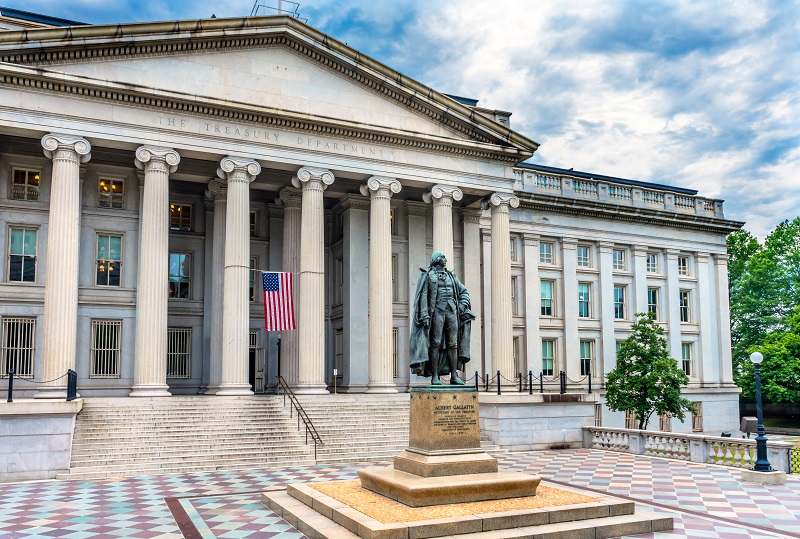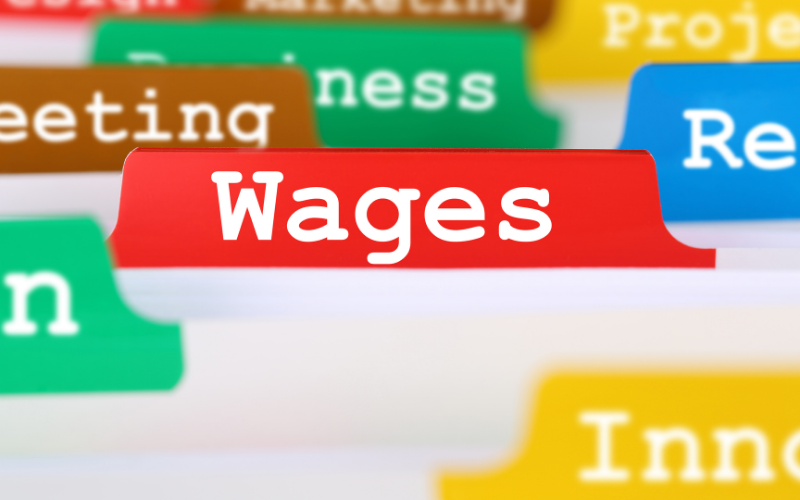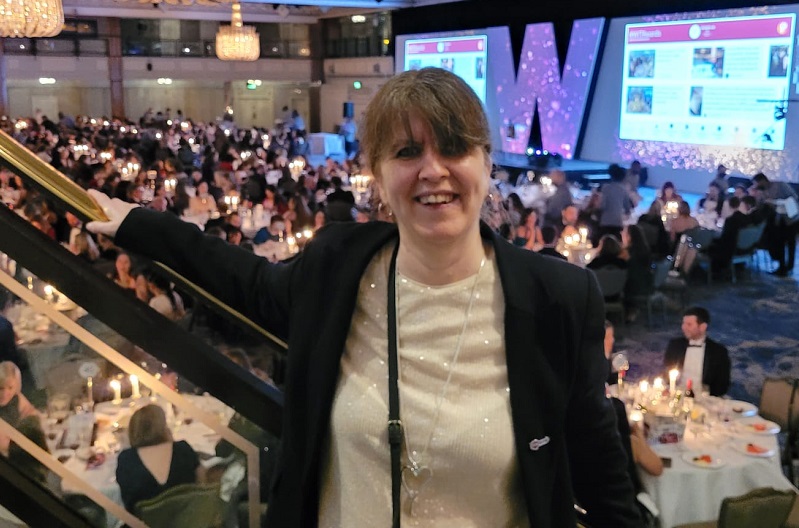The pandemic has shed light on many economic barriers that still exist for underrepresented communities and the US. The Treasury is looking to play a central role in addressing this problem by appointing its first-ever Counselor for Racial Equity, Janis Bowdler. She shared the vision for her position in an interview with Ylan Mui Live During CNBC’s Equity and Opportunity Forum, March 10.
You’re the first person ever to hold this title. Why is this so significant?
Yes, the first-ever Counselor for Racial Equity. It’s incredibly humbling. You know, from day one, racial equity has been a priority for the Biden, Harris administration, and for good reason because the failure to invest in communities that have been underserved is money left on the table.
It’s a drag on our national economy, and that’s just one of the reasons why it’s so important for the Treasury Department. Secretary Yellen has been clear on this point that the economy has not worked well for communities of colour for Black, Latino, AAPI and native communities. And I think we can all agree that it’s a moral issue, but it is also an economic issue. If we don’t act, we’re not going to be able to realise our shared vision of economic growth and recovery.
We’re seeing inflation as one of the key challenges of this economy, especially inflation inequality in low-income and communities of colour. How can the Treasury help buffer that pain?
Our goal is to create an economy where everybody can reach their full potential and live financially secure. My job at Treasury is really to leave no stone unturned to try to create that more fair economy.
The way that we are going to do this really as you said is by recognising and centring the needs of the most vulnerable, those that are at greatest risk of being left behind. And we know that Black, Latino, AAPI, native communities, also rural communities, those impacted by climate change, that’s where we see the greatest amount of risk, so we have to start there. We have to be making investments around the most vulnerable, and that’s what Treasury has been doing. That’s where we’re going to see the greatest return on investment.
How is the government or Treasury Department best engaging with communities it may not have had a relationship with before?
So, let me mention two things. Really important to designing and building a racial equity agenda is getting proximate. We have to get close to communities that are experiencing challenges. That’s where we’re going to find a lot of solutions. We just have to put the fuel behind what people know that works for their communities.
So two ways that we’re doing that. First, the Treasury created an office of community engagement that created an open door to have more transparency and create a feedback loop for community and business leaders to come in and share real-time feedback on how Treasury is impacting their communities.
People might not realise, but the department is responsible for administering more than a trillion dollars of recovery funds to communities, businesses, and families that have been affected by COVID-19. So, it’s important as we do that, that we’re thinking about Black and Brown communities that we know historically have been slower to recover during times of economic downturn.
Can you tackle these initiatives with current funding, or is more money needed to reach your desired goals?
Well, certainly, the President has put forward an ambitious agenda in Build Back Better. I think there’s always more that we can do. But our focus right now, as I mentioned, a trillion dollars is really important, and that is real relief that is flowing to families, helping them keep staying in their homes, helping to build businesses.
In fact, right now, we’re in the middle of supporting states who are standing up the State Small Business Credit Initiative. That is going to provide guarantees, loan dollars, equity investments to really fuel the growth of small businesses on the ground.
And I’m really proud that there’s a special focus in that programme on socially and economically disadvantaged individuals trying to grow and maintain their businesses. I think there’s real progress to be made in these programmes, and a lot of people don’t know that the Treasury is out there working in their communities like this.
You’ve worked in both the private and government sector. How can the two sides work together?
Yeah, absolutely. I mentioned all the relief dollars we’re putting out on the street. More than $20 billion is going to community finance partners, think community banks, CDFIs, nonprofit loan funds, to fuel community projects, healthcare centres, childcare centres, affordable housing, and small businesses.
That investment can be leveraged by the private sector, and we’re hoping that they’re going to come in and align and align their investments in a way that’s going to create a force multiplier in communities that have long been starved of resources. I can’t emphasise this enough. This is where we are going to see our biggest return on investment by directing dollars to places that have historically been underserved, and we know that that includes a lot of communities of colour.
When you bring this message to them, what do you hear from business leaders, CEOs or others in Washington? Are people prioritising this in the same way as the Treasury Department? Do they believe these targeted initiatives are really needed?
No, I think we’re seeing a lot of receptivity. I mean, look, I think forums like this are really important as we get further and further from the racial reckoning that was inspired by the really tragic murder of George Floyd.
It’s possible that people start to forget that this feeds into the rearview mirror, and it takes all of us to remember that problems that are rooted in our history of structural racism and a legacy of policies that have left Black, Brown, AAPI, native communities out of policies that have built the middle class, we’re not going to change that in just a day.
But it’s why it’s so important that federal agencies take on these barriers and this legacy head-on and why we need the private sector to come along with us. I think that message resonates, and people want to work together to make action happen.
What is your measure of success for the end of the year or the milestones you have set?
As I said, the goal of the north star here is to create an economy where everybody has a chance to reach their full potential and live financially secure. I think we’re going to get there when we can see more communities of colour building their own businesses when we see investment flowing into their neighbourhoods.
I’m really proud that part of this initiative is measuring our success and having a strong feedback loop so that we can continue to understand the extent to which we’re really reaching our goal and make changes where we need to.
But at the end of the day, our measure of success is our families’ ability to move up the economic ladder; are they able to reach their potential and live financially secure lives.
What about trust? There has been a lack of trust in Washington in government, and the pandemic really exacerbated America’s view of our public institutions. How do you start to rebuild that, especially with communities of colour?
Yeah, proximity matters. So, we can’t just confine ourselves to the four walls of our institutions or, frankly, to the Washington beltway. We have to get out into communities and listen to people closest to the problem. I think that’s not only how we will come up with the really big solutions and the most effective solutions. It’s also how we’re going to rebuild trust.
And the programmes that Treasury is responsible for administering, for example, the state and local fiscal relief funds, really gives states, localities, counties a lot of flexibility to map the needs in their communities and align dollars and resources to meet those needs. I think those kinds of programmes bring us a little closer together and help rebuild some of that trust.
This interview was taken from a transcript supplied by CNBC’s Equity and Opportunity Forum. You can view the full interview here.









